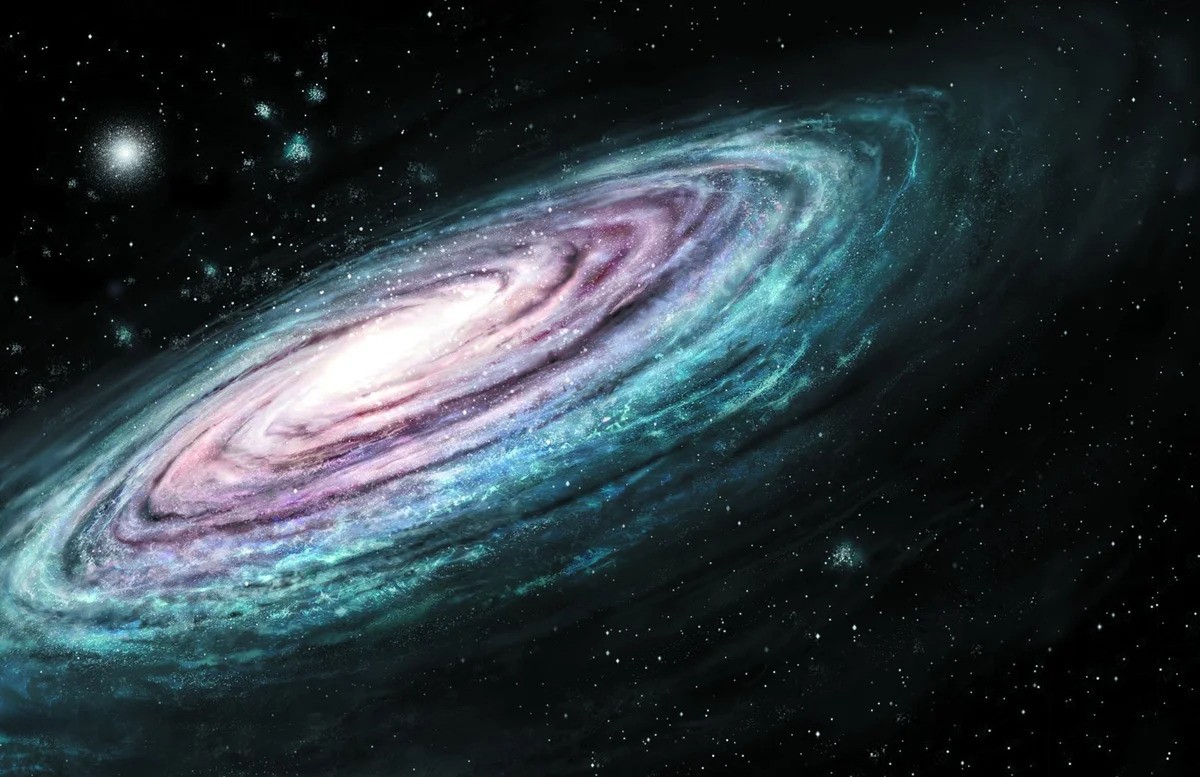Scientists have built a new model of the Milky Way based on an accurate count of red giants. It turns out that stars in our star system may not be as densely packed as previously thought. That means there may be fewer of them than we used to think.

Study of red giants and a new model of the Galaxy
A team of scientists from Yunnan University, the University of Utah, the University of New Mexico and the University of St. Andrews recently created a new model of the Milky Way galaxy that casts doubt on earlier estimates of the number of stars in it. They published an article about it in the journal Nature Astronomy.
The research was initiated by the fact that the Solar System is generally a poor place to estimate the size of our Galaxy. It is located in one of its spiral arms far enough away from the central thickening, which is called a bulge. It is also hidden from us by several large gas-dust clouds.
So we learn about what our star system actually looks like by counting the stars in different parts of the sky and comparing that result to what other galaxies look like. Out of all this comes an idea of what it looks like and how many stars are in it.
How many stars has the Milky Way
It was with a more accurate estimate of the number of luminaries in the Milky Way that researchers began. The easiest to count are the red giants. These giant old luminaries are relatively common and are the final stage in the evolution of Sun-like stars. However, they have also been hidden from us quite well so far by cosmic dust.
However, the researchers managed to get a new estimate of their number. They found about 250 thousand stars of this type and were able to learn their distribution in space. It was previously thought that their number increased exponentially from the edge of the galaxy to the bulge. However, they have found that at about half that distance, their numbers become constant.
That is, there should actually be significantly less of them in the bulge than has been thought until now. And this means that not only the red giants, but also the rest of the luminaries are smaller not only in the central, but also in other regions of our star system.
Overall, the Milky Way was not as dense as previously thought. This means that the new work calls into question all previous estimates of the total number of luminaries and planets in it.
According to phys.org


